Home>Technology>Home Entertainment Systems>How To View 8mm Film Without A Projector
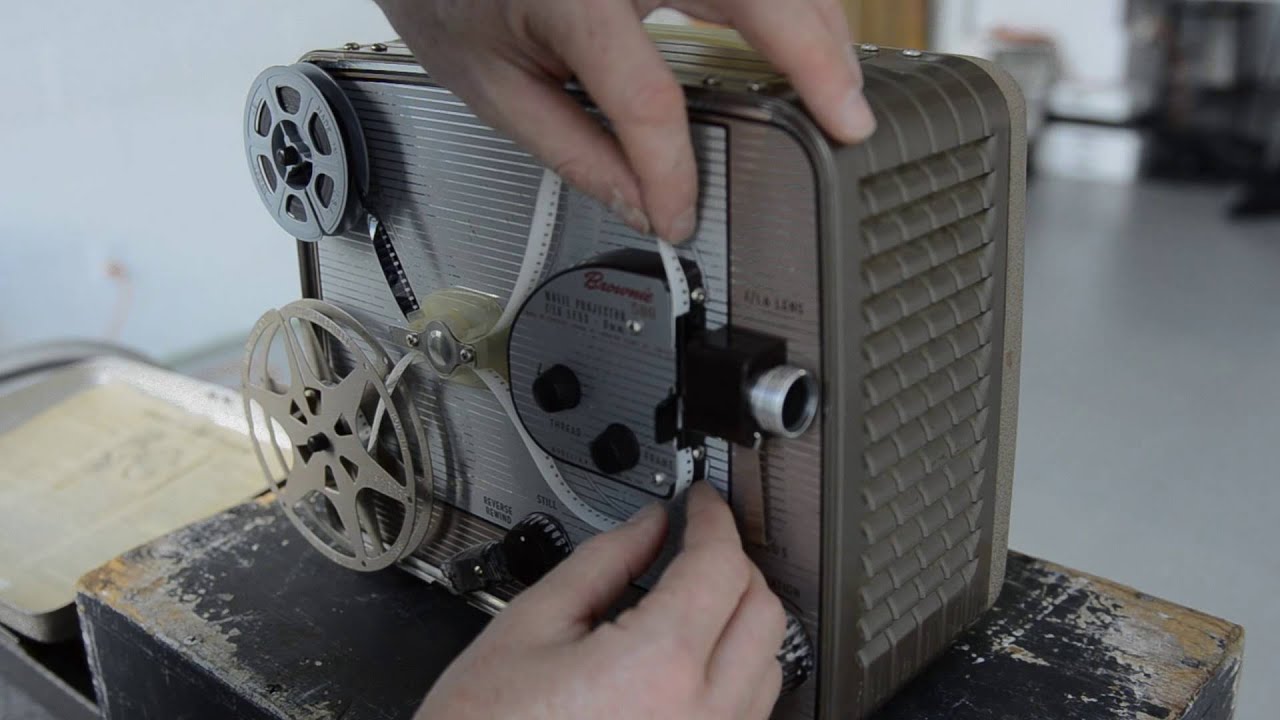

Home Entertainment Systems
How To View 8mm Film Without A Projector
Modified: January 6, 2024
Learn how to enjoy your 8mm films at home without a projector using our home entertainment systems. Watch your cherished memories come to life in the comfort of your own living room.
(Many of the links in this article redirect to a specific reviewed product. Your purchase of these products through affiliate links helps to generate commission for Storables.com, at no extra cost. Learn more)
Introduction
Welcome to the fascinating world of 8mm film, where cherished memories and captivating moments are captured in a timeless format. As technology continues to evolve, the challenge of viewing 8mm film without a projector has become a common dilemma for enthusiasts and archivists alike. Whether you're a vintage film enthusiast, a family historian, or a filmmaker exploring the roots of cinematography, the desire to unlock the visual treasures stored on 8mm film is both understandable and achievable.
In this comprehensive guide, we will delve into the various methods for viewing 8mm film without a projector. From traditional techniques to modern digital solutions, we will explore the options available to bring your 8mm film to life. Whether you have a collection of family home movies, historical footage, or artistic creations captured on 8mm film, this guide aims to equip you with the knowledge and tools necessary to experience and preserve these precious moments.
Join us on this journey as we uncover the magic of 8mm film and discover innovative ways to relive its timeless charm. Let's embark on an exploration of viewing 8mm film without a projector, unlocking the beauty and nostalgia encapsulated within each frame.
Key Takeaways:
- Rediscover the magic of 8mm film by using a lightbox or DIY film viewer to view cherished memories without a projector. Embrace the vintage charm and creativity of alternative viewing methods.
- Preserve and share the timeless charm of 8mm film by digitizing and scanning, unlocking its visual treasures for modern platforms. Bridge the analog past with the digital present, celebrating its enduring enchantment.
Read more: How To View Slides Without A Projector
Understanding 8mm Film
Before delving into the methods for viewing 8mm film without a projector, it’s essential to understand the nature of 8mm film itself. Developed by Eastman Kodak in the 1930s, 8mm film revolutionized home movie-making, allowing families to capture and preserve their most cherished moments on celluloid. The compact size and ease of use made 8mm film a popular choice for amateur filmmakers and enthusiasts alike.
8mm film comes in two main variants: Regular 8mm and Super 8mm. Regular 8mm film, also known as Standard 8mm, features smaller sprocket holes and a narrower image area compared to Super 8mm. Super 8mm, introduced in the 1960s, boasts larger sprocket holes and a wider image area, resulting in higher image quality and improved playback stability.
One of the defining characteristics of 8mm film is its tactile and tangible nature. Unlike digital media, 8mm film captures moments on physical celluloid, imbuing each frame with a nostalgic and authentic aesthetic. The distinctive grain, color rendition, and texture of 8mm film contribute to its timeless appeal, evoking a sense of nostalgia and artistic charm.
Understanding the unique characteristics of 8mm film, including its physical format, color rendition, and historical significance, is crucial for exploring alternative methods of viewing without a projector. Whether you’re seeking to preserve family memories, digitize historical footage, or simply appreciate the vintage allure of 8mm film, the following methods for viewing 8mm film offer diverse approaches to unlock its visual splendor.
Methods for Viewing 8mm Film Without a Projector
While traditional 8mm projectors have long been the primary method for viewing 8mm film, several alternative approaches have emerged to cater to the evolving needs of enthusiasts and archivists. Whether you’re looking to relive family memories, digitize historical footage, or simply appreciate the vintage aesthetic of 8mm film, the following methods offer innovative ways to experience and preserve these timeless visual treasures.
- Using a Lightbox: A simple yet effective method for viewing 8mm film involves utilizing a lightbox or a backlighting panel. By placing the filmstrip on the translucent surface of the lightbox and illuminating it from below, the images captured on the film become visible. This approach allows for a direct and immersive viewing experience, enabling you to appreciate the frames as they were originally intended.
- Using a DIY Film Viewer: For those inclined towards hands-on projects, constructing a DIY film viewer offers a creative and customizable solution for viewing 8mm film. This can involve crafting a simple device using materials such as cardboard, a light source, and a magnifying lens to create a makeshift viewer. DIY film viewers provide a personalized viewing experience and can be tailored to accommodate various film formats and sizes.
- Scanning and Digitizing 8mm Film: With advancements in digital technology, scanning and digitizing 8mm film has become a popular method for preserving and viewing vintage footage. Specialized film scanners and digitization services allow for high-resolution transfers of 8mm film to digital formats, enabling seamless playback on modern devices such as computers, televisions, and digital projectors. This approach not only facilitates easy viewing but also ensures the long-term preservation of 8mm film content.
Each of these methods presents unique advantages, catering to different preferences and objectives when it comes to experiencing and preserving 8mm film. Whether you opt for the simplicity of a lightbox, the creativity of a DIY film viewer, or the convenience of digital scanning, these approaches empower enthusiasts to unlock the visual splendor of 8mm film without the need for a traditional projector.
Using a Lightbox
Utilizing a lightbox to view 8mm film offers a straightforward and immersive method for experiencing the visual charm captured on celluloid. A lightbox, also known as a backlighting panel, provides a translucent surface illuminated from below, allowing the images on the filmstrip to become visible when placed on it. This approach offers a direct and unembellished means of viewing 8mm film, preserving the authenticity and vintage allure of the footage.
To use a lightbox for viewing 8mm film, follow these simple steps:
- Prepare the Lightbox: Ensure that the lightbox is clean and free from any debris that may obstruct the clarity of the film’s images. Position the lightbox on a stable surface in a dimly lit or darkened environment to enhance the visibility of the film.
- Secure the Filmstrip: Gently handle the 8mm filmstrip and carefully place it on the translucent surface of the lightbox. Take care to align the filmstrip evenly to ensure that each frame is displayed without distortion.
- Illuminate the Filmstrip: Turn on the lightbox to illuminate the filmstrip from below. The backlighting will reveal the images captured on the film, allowing you to observe the frames in sequence and appreciate the visual narrative as it unfolds.
- Adjust Viewing Angle: Position yourself at an optimal viewing angle to observe the filmstrip comfortably. By adjusting your vantage point, you can immerse yourself in the details and nuances of each frame, appreciating the unique characteristics of 8mm film.
Using a lightbox to view 8mm film offers a tangible and evocative experience, allowing enthusiasts to engage with the vintage medium in its original form. The simplicity of this method, coupled with the unfiltered display of each frame, provides a genuine and unadulterated viewing experience, reminiscent of the era when 8mm film was a prevalent medium for capturing memories and artistic expressions.
Whether you’re rediscovering family moments, exploring historical footage, or admiring the aesthetic qualities of 8mm film, the use of a lightbox offers a nostalgic and intimate way to engage with the visual narratives preserved on this timeless medium.
You can view 8mm film without a projector by using a film scanner or a digital camera with a macro lens. Simply place the film on a light table or hold it up to a bright light source, then use the scanner or camera to capture the images.
Using a DIY Film Viewer
Creating a do-it-yourself (DIY) film viewer provides a hands-on and customizable approach to experiencing the captivating imagery captured on 8mm film. This method allows enthusiasts to construct a personalized viewing device using readily available materials, offering a creative and engaging way to engage with the vintage medium.
To craft a DIY film viewer for 8mm film, consider the following steps:
- Gather Materials: Collect materials such as a sturdy cardboard box or frame, a light source (such as a small LED light), a magnifying lens, and basic crafting tools. The size of the materials can be adjusted based on the dimensions of the 8mm filmstrip and the desired viewing area.
- Construct the Viewer: Cut an opening in the cardboard box or frame to serve as the viewing window. Position the magnifying lens in front of the opening to magnify the film’s images. Place the light source inside the box to illuminate the filmstrip when it is inserted for viewing.
- Secure the Filmstrip: Carefully handle the 8mm filmstrip and insert it into the DIY viewer, ensuring that the frames are aligned with the viewing window. The construction of the viewer should allow for smooth insertion and secure positioning of the filmstrip.
- Viewing Experience: Position yourself in a dimly lit or darkened environment and look through the viewer to observe the magnified images of the filmstrip. By adjusting the positioning of the filmstrip and the viewer, you can navigate through the frames and appreciate the visual narrative captured on the 8mm film.
Constructing a DIY film viewer offers a tactile and immersive method for engaging with 8mm film, allowing enthusiasts to personalize their viewing experience and tailor the device to their preferences. The creative process of building a film viewer adds an additional dimension of involvement and appreciation for the medium, fostering a deeper connection with the visual storytelling preserved on 8mm film.
Whether you’re drawn to the craftsmanship of handmade devices, seeking a unique way to share 8mm film with others, or simply exploring a hands-on approach to viewing vintage footage, the DIY film viewer presents a versatile and inventive solution for experiencing the timeless allure of 8mm film.
Read more: How To Store 35Mm Film
Scanning and Digitizing 8mm Film
As technology continues to advance, the process of scanning and digitizing 8mm film has emerged as a popular and effective method for preserving, enhancing, and viewing vintage footage. This approach leverages specialized film scanning equipment and digital conversion techniques to transfer the content of 8mm film into a digital format, enabling seamless playback on modern devices and platforms.
The process of scanning and digitizing 8mm film typically involves the following steps:
- Film Preparation: Ensure that the 8mm film is clean and free from dust or debris that may affect the scanning process. Carefully handle the film to prevent damage and ensure that it is properly aligned for scanning.
- Specialized Scanning Equipment: Utilize a dedicated film scanner designed to accommodate 8mm film. These scanners are equipped with high-resolution sensors and precision mechanisms to capture the intricate details of each frame with exceptional clarity.
- Digital Conversion: The scanned film footage is converted into digital files using professional software, allowing for the preservation of the original content in a digital format. This process ensures that the visual quality and integrity of the 8mm film are faithfully retained during the digitization process.
- Playback and Preservation: Once digitized, the 8mm film content can be stored, edited, and played back on a wide range of digital devices, including computers, televisions, and digital projectors. This digital preservation not only facilitates convenient viewing but also safeguards the footage for future generations.
Scanning and digitizing 8mm film offers several compelling advantages, including enhanced preservation, convenient accessibility, and the ability to apply digital restoration techniques to improve the visual quality of the footage. Additionally, digitized 8mm film can be easily shared, archived, and integrated into multimedia projects, expanding the possibilities for showcasing and celebrating the timeless charm of vintage film.
Whether you’re seeking to preserve family memories, digitize historical footage, or unlock the creative potential of 8mm film in a digital context, the process of scanning and digitizing offers a versatile and enduring solution for experiencing and sharing the visual narratives captured on this beloved medium.
Conclusion
Exploring the methods for viewing 8mm film without a projector has unveiled a diverse tapestry of approaches, each offering unique benefits and experiences for enthusiasts and archivists. From the tactile charm of using a lightbox to the creative engagement of crafting a DIY film viewer, and the seamless digitization of 8mm film, these methods provide a spectrum of options for unlocking the visual treasures preserved on this timeless medium.
As we navigate the digital age, the allure of 8mm film continues to captivate individuals seeking to preserve family legacies, celebrate historical milestones, and embrace the artistic essence of vintage cinematography. The tactile nature of 8mm film, with its distinctive grain, color rendition, and nostalgic aesthetics, evokes a sense of authenticity and timelessness that transcends technological trends.
By embracing alternative methods for viewing 8mm film, enthusiasts can bridge the gap between the analog past and the digital present, preserving the legacy of 8mm film while adapting its visual narratives to contemporary viewing platforms. Whether reliving cherished family moments, discovering historical insights, or reimagining the artistic possibilities of vintage footage, these methods empower individuals to honor and celebrate the enduring charm of 8mm film.
As we bid farewell to the whirring projectors of yesteryear, we usher in a new era of creativity and preservation, where the magic of 8mm film finds resonance in innovative approaches to viewing and sharing its timeless imagery. Whether through the simplicity of a lightbox, the ingenuity of a DIY film viewer, or the digital transformation of scanning and digitizing, the spirit of 8mm film lives on, inviting us to rediscover, reimagine, and rejoice in its enduring enchantment.
So, embark on this journey with 8mm film, and let its visual narratives unfold in new and captivating ways, bridging generations, kindling creativity, and preserving the irreplaceable moments that continue to inspire and connect us.
Frequently Asked Questions about How To View 8mm Film Without A Projector
Was this page helpful?
At Storables.com, we guarantee accurate and reliable information. Our content, validated by Expert Board Contributors, is crafted following stringent Editorial Policies. We're committed to providing you with well-researched, expert-backed insights for all your informational needs.
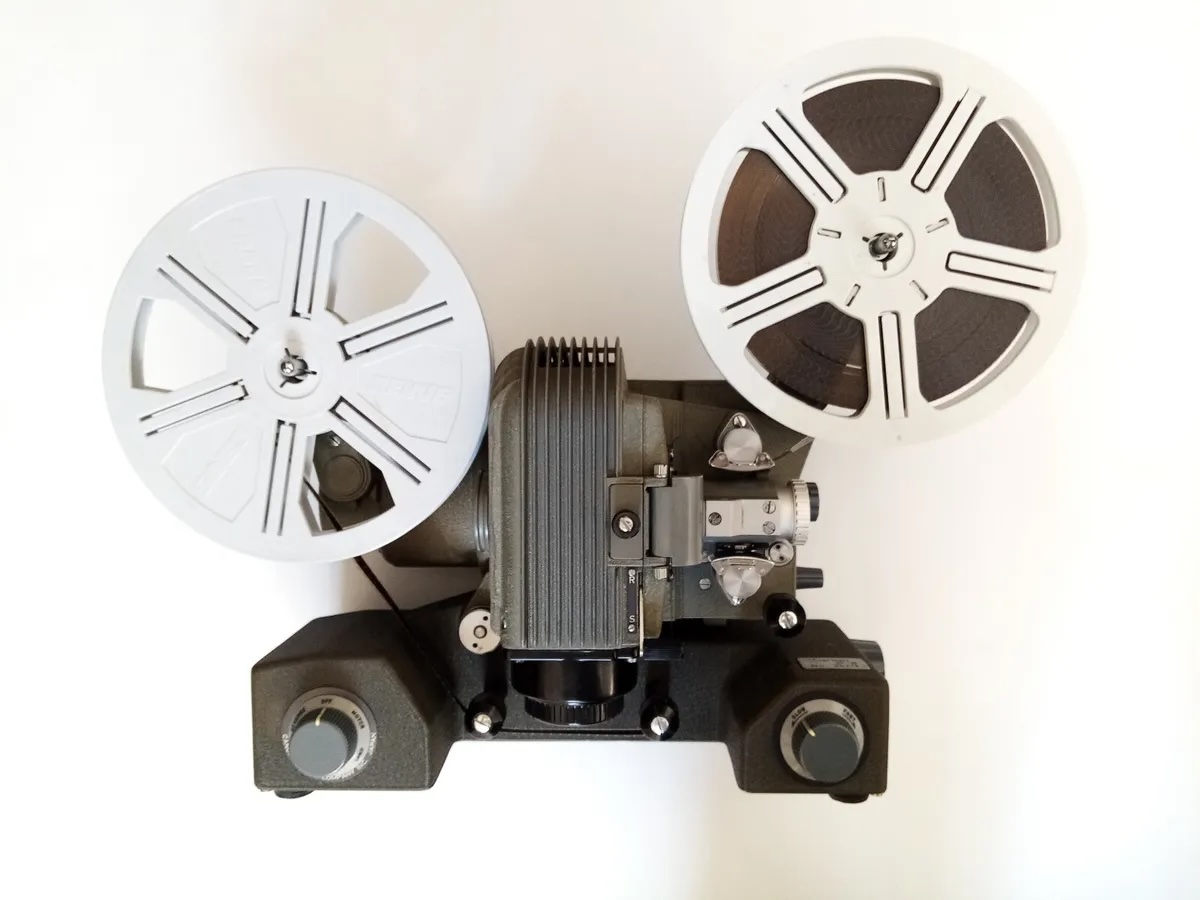
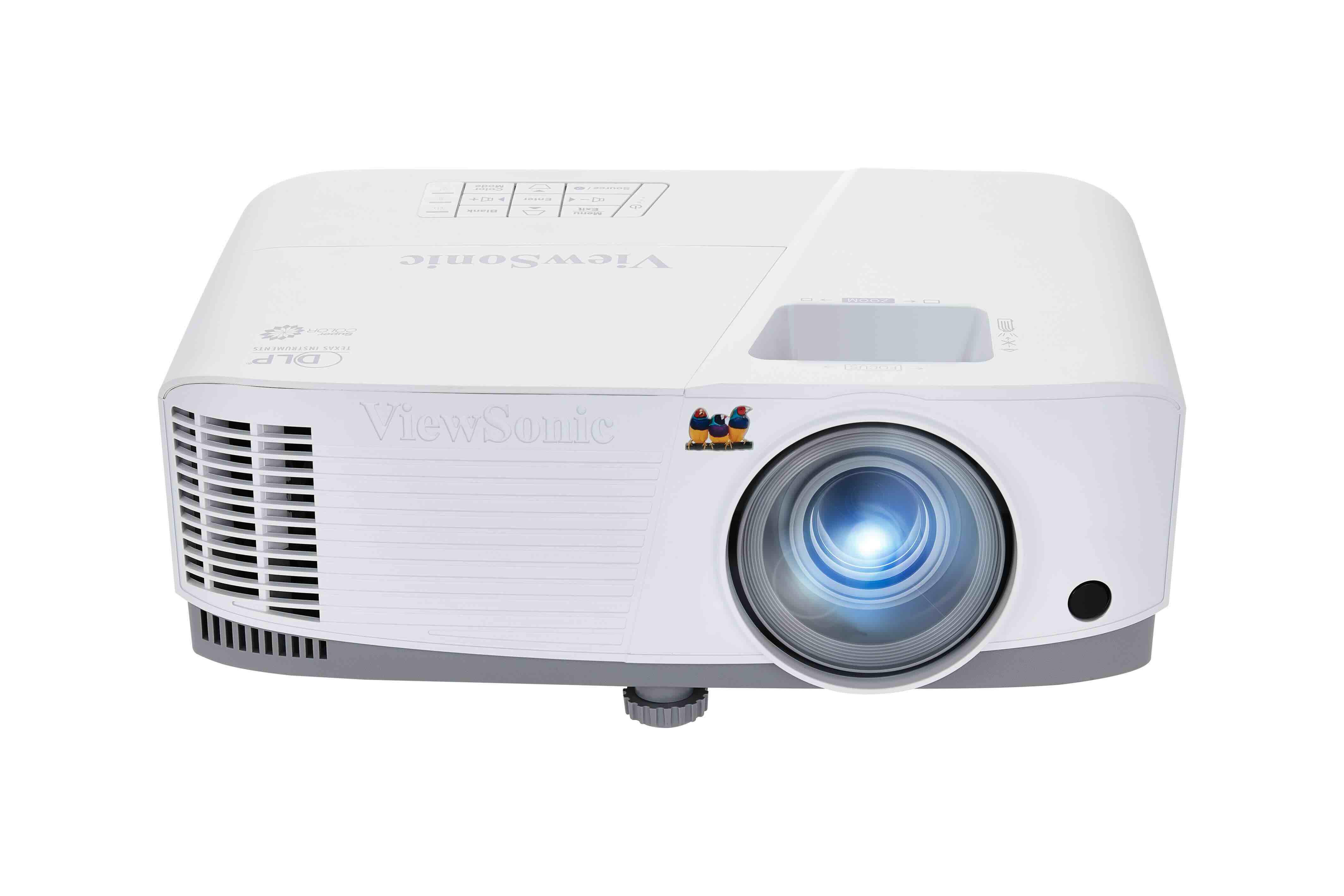
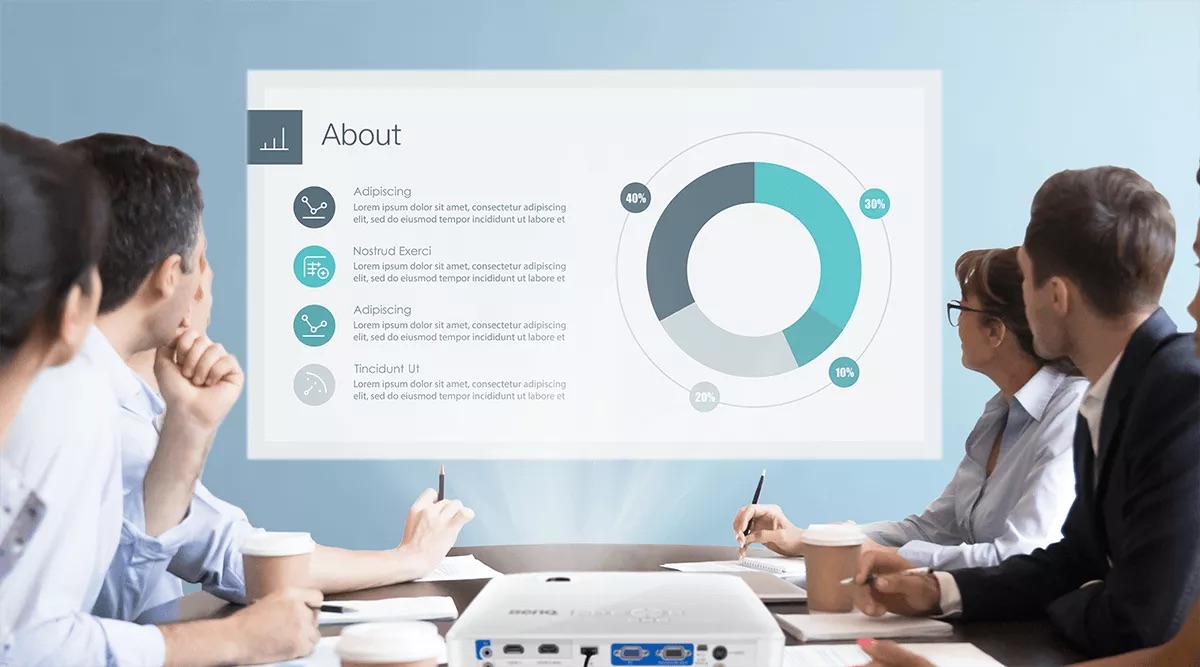
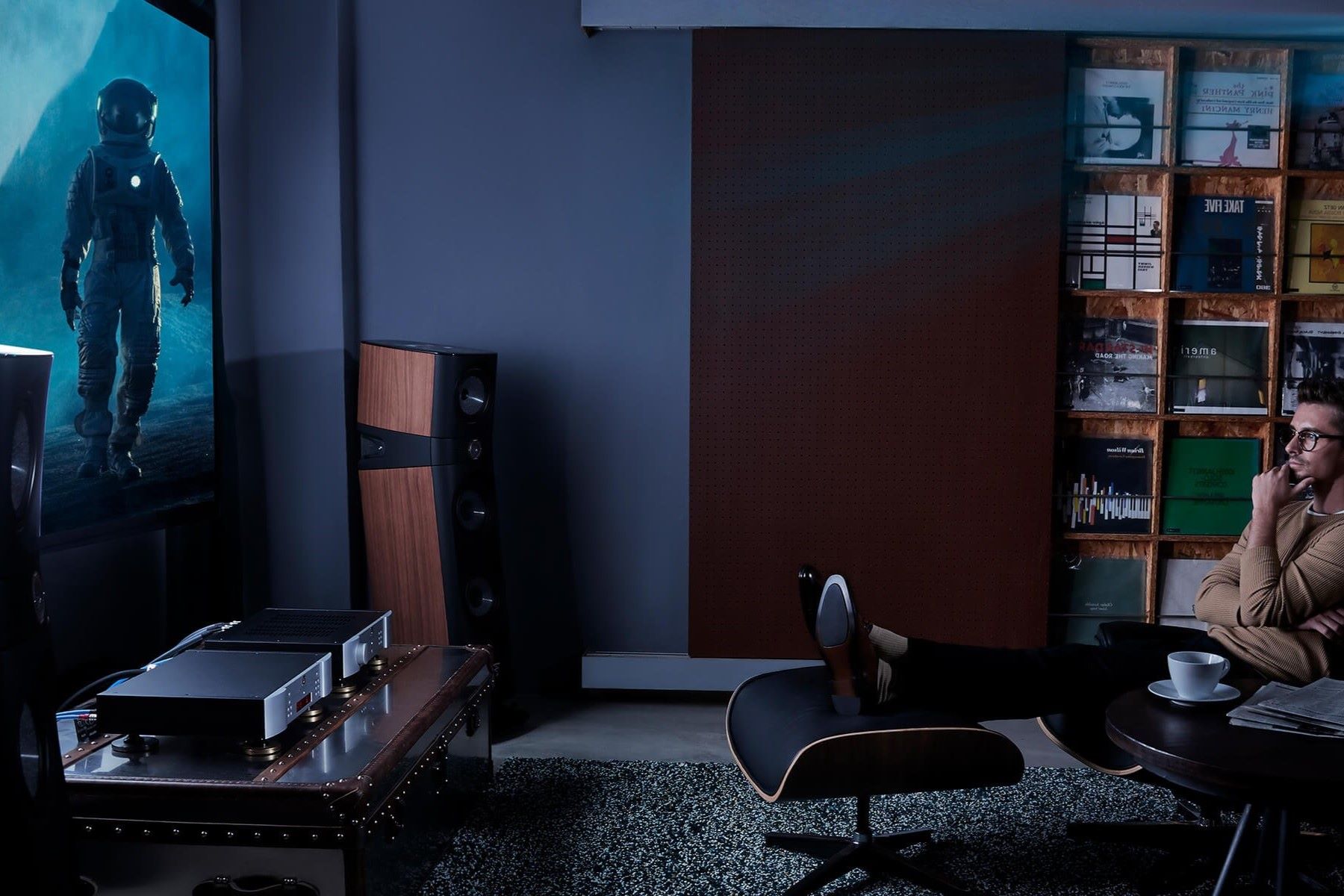
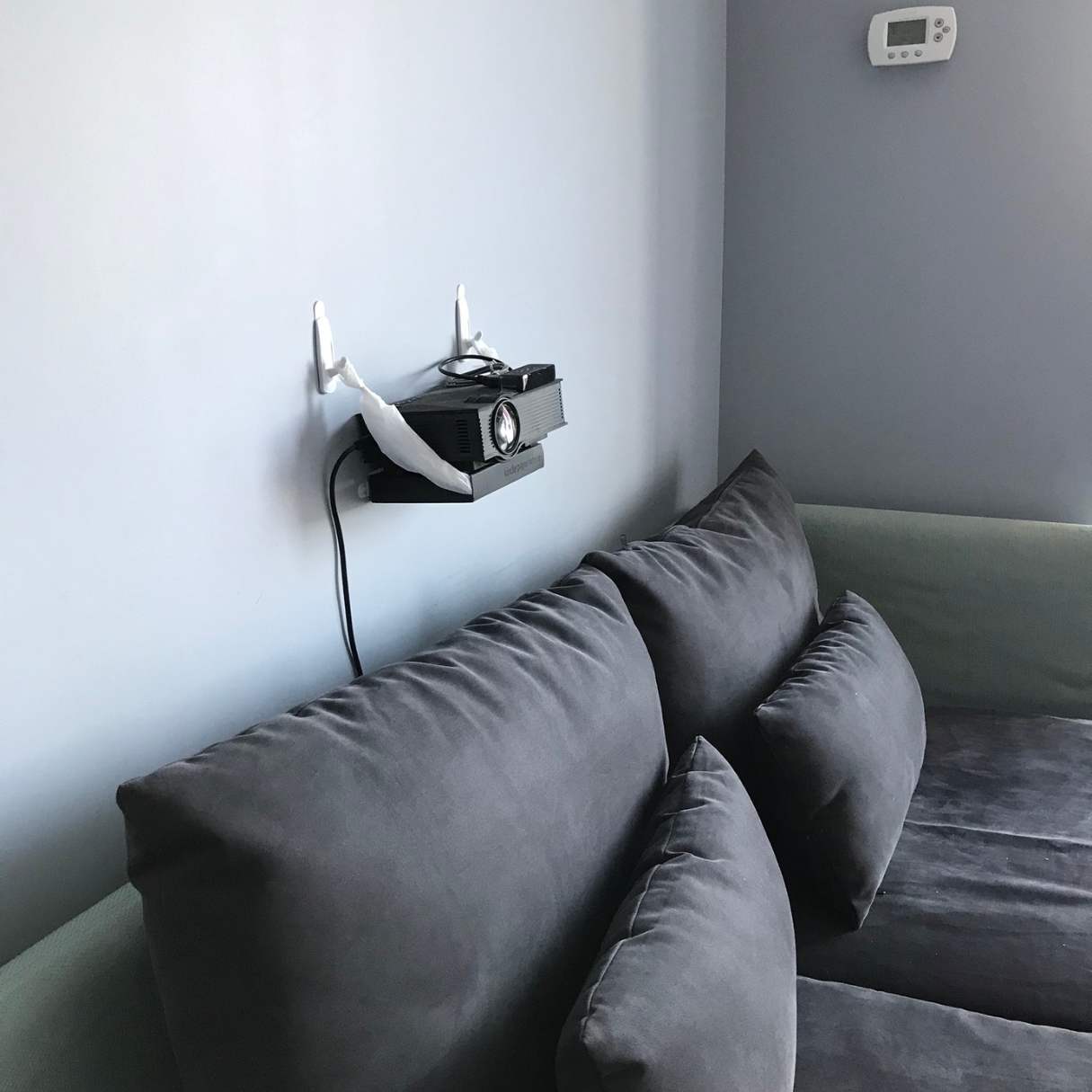
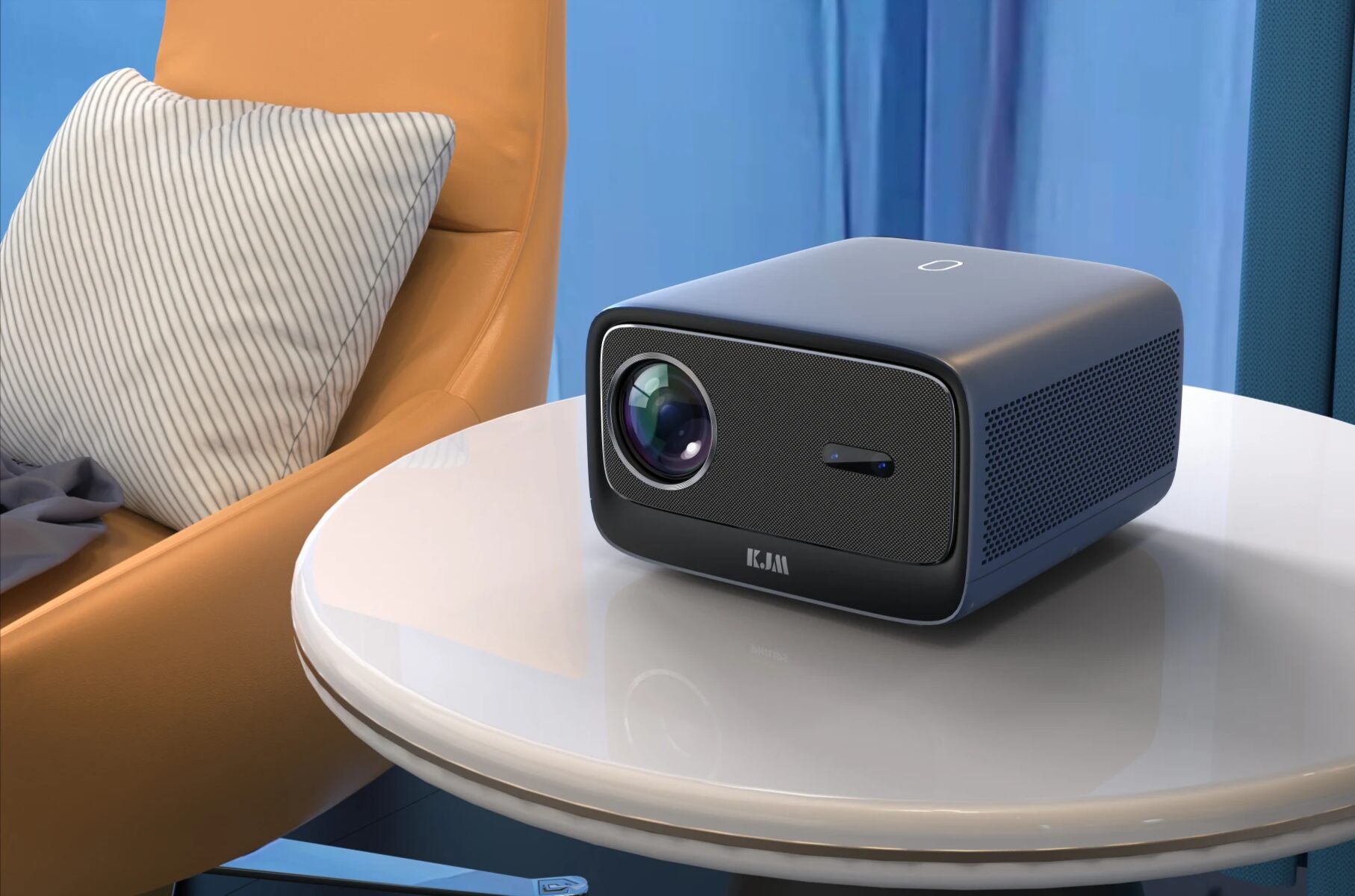
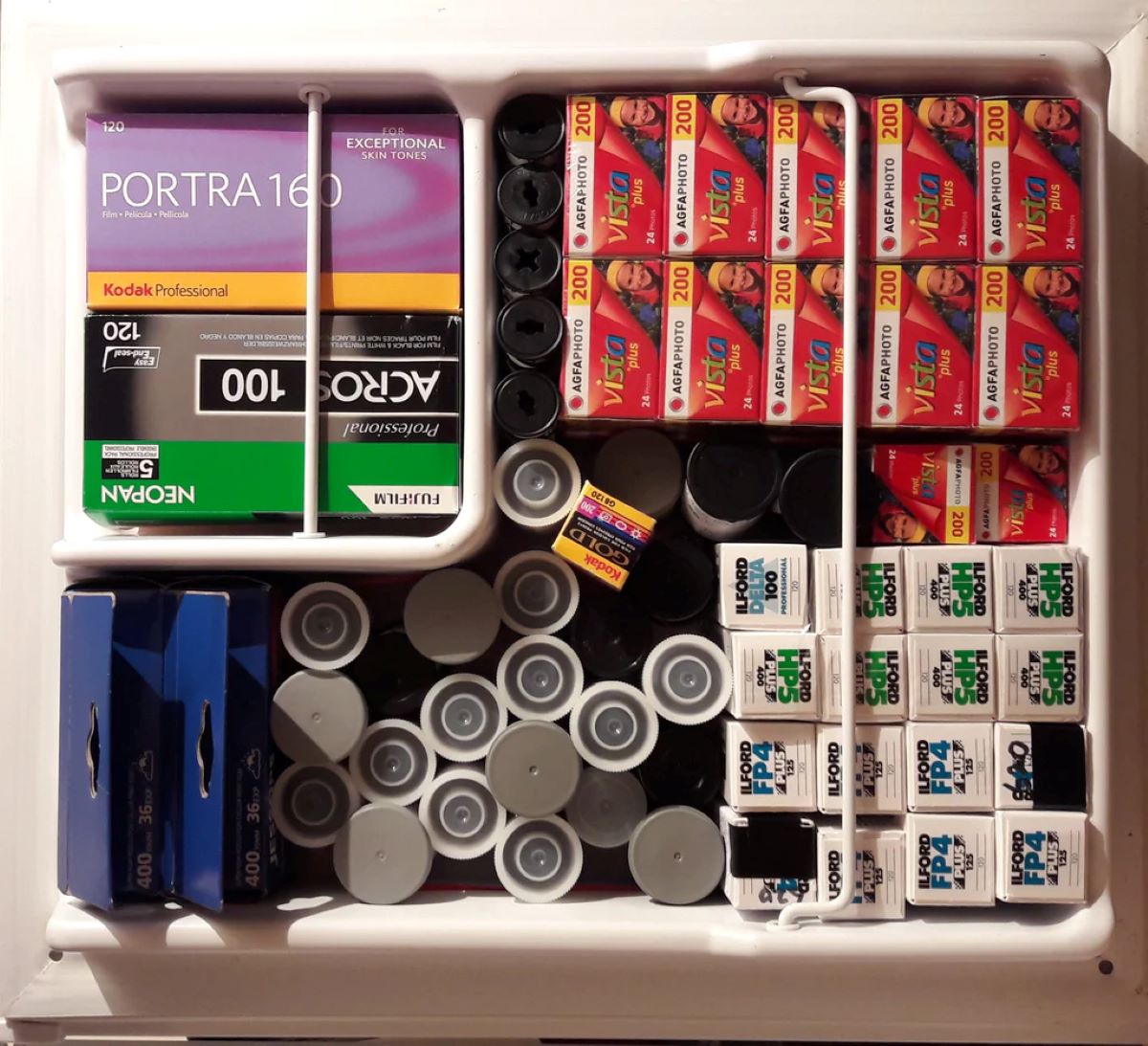
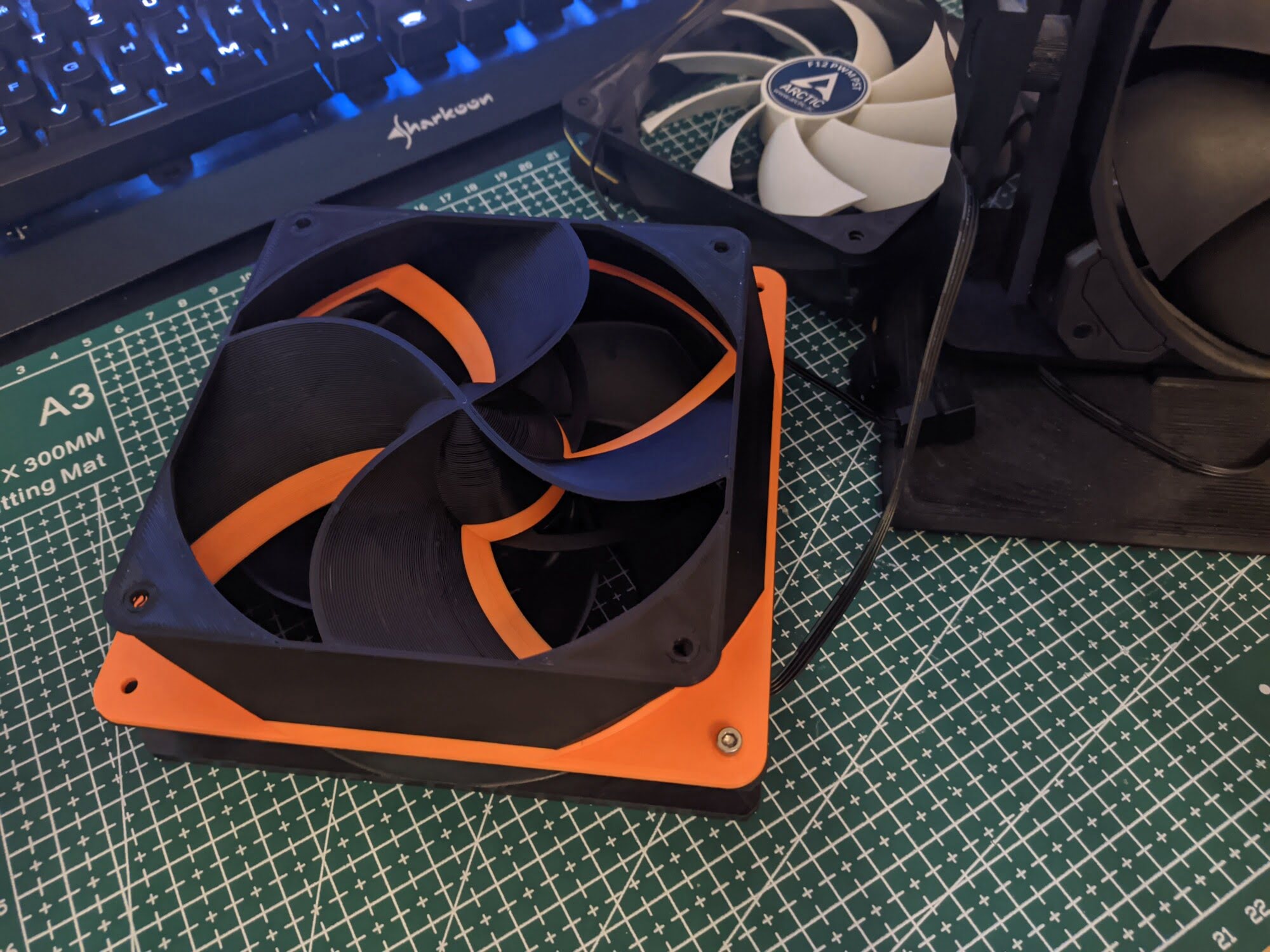
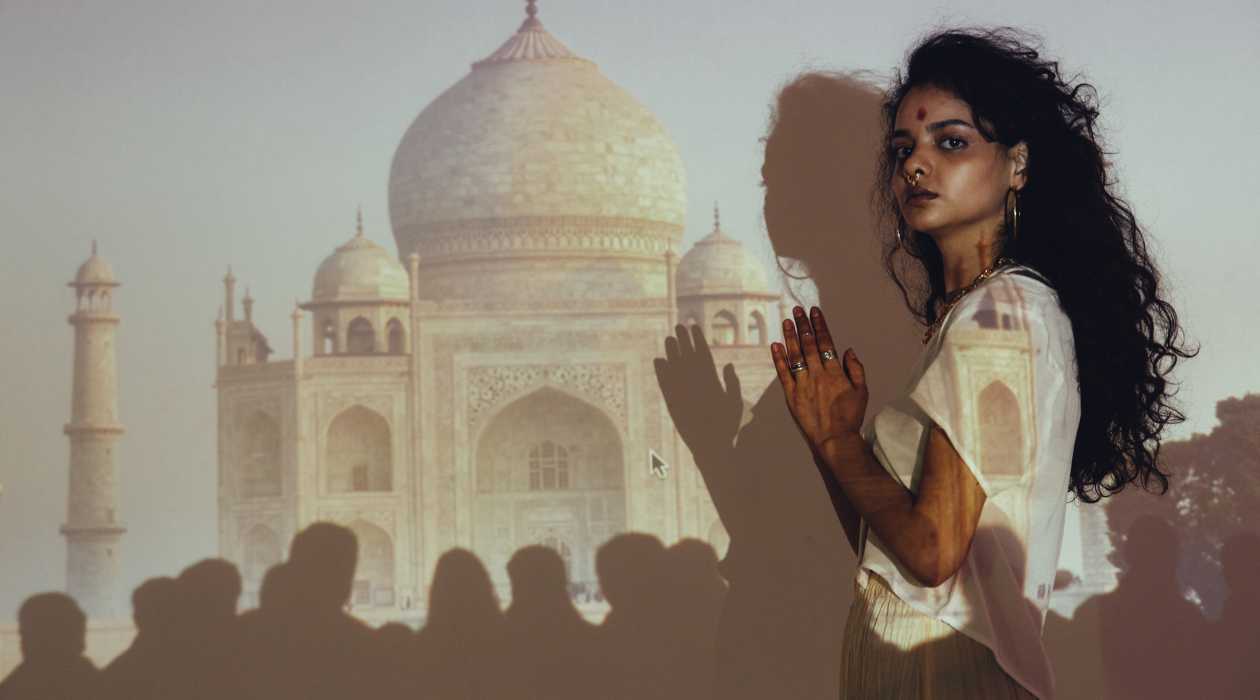
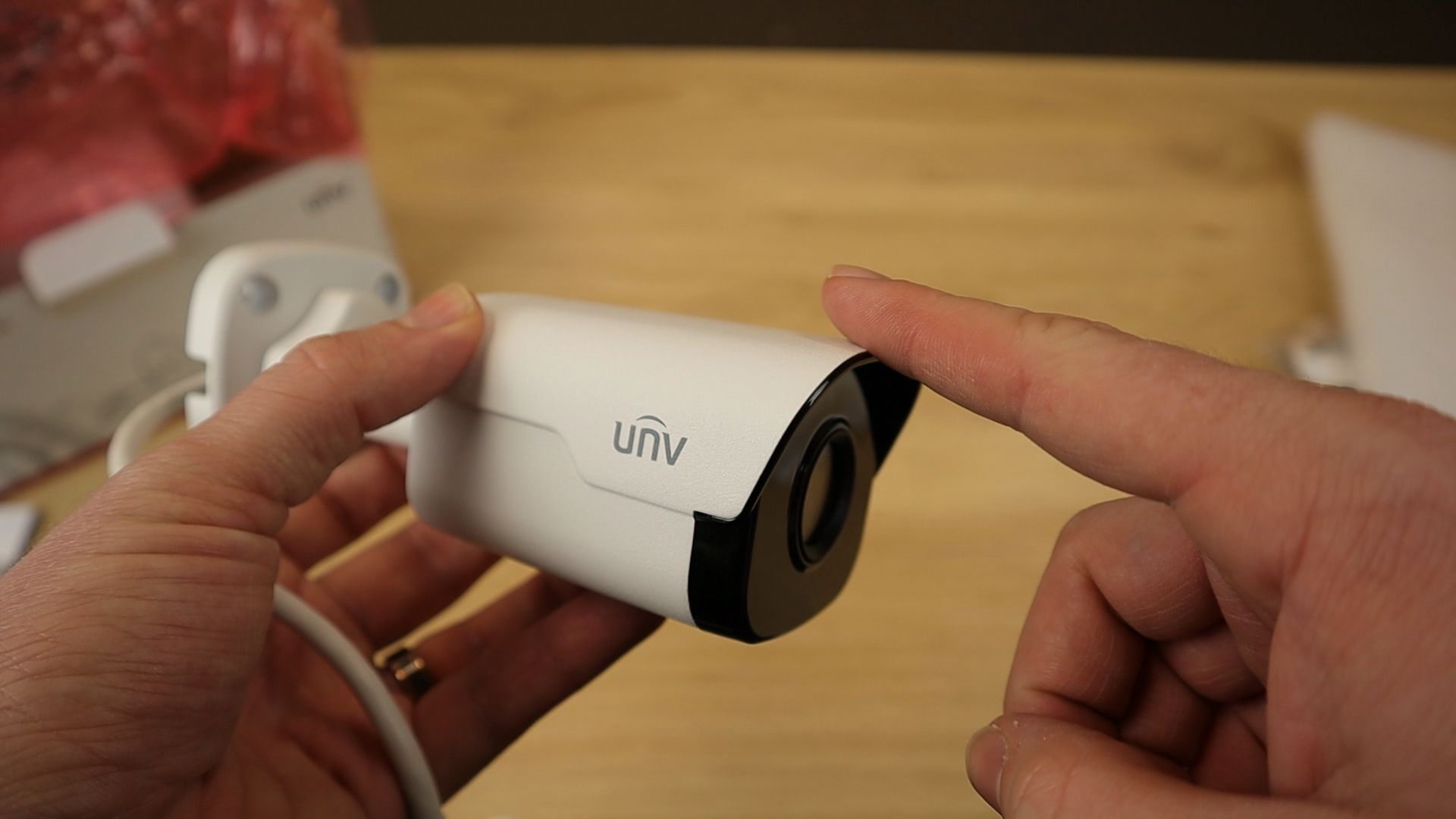
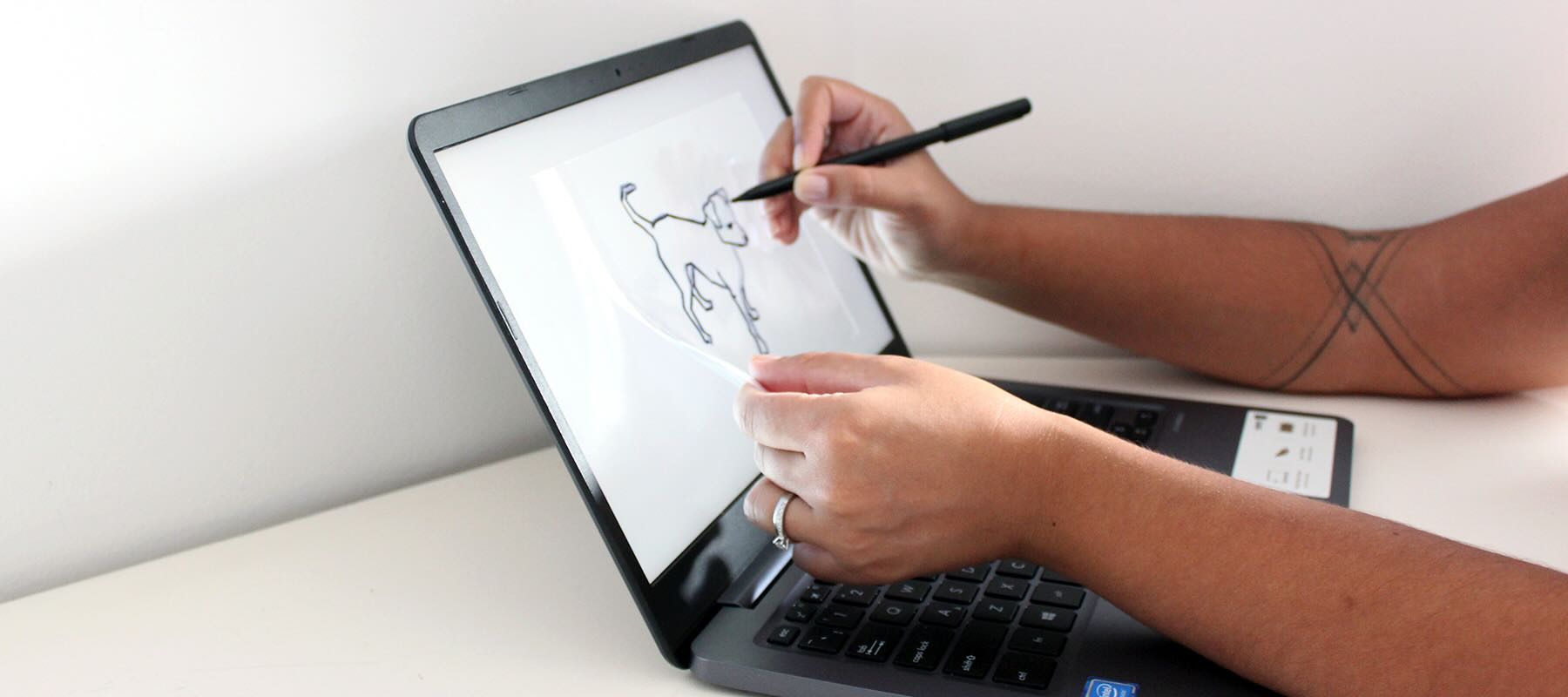
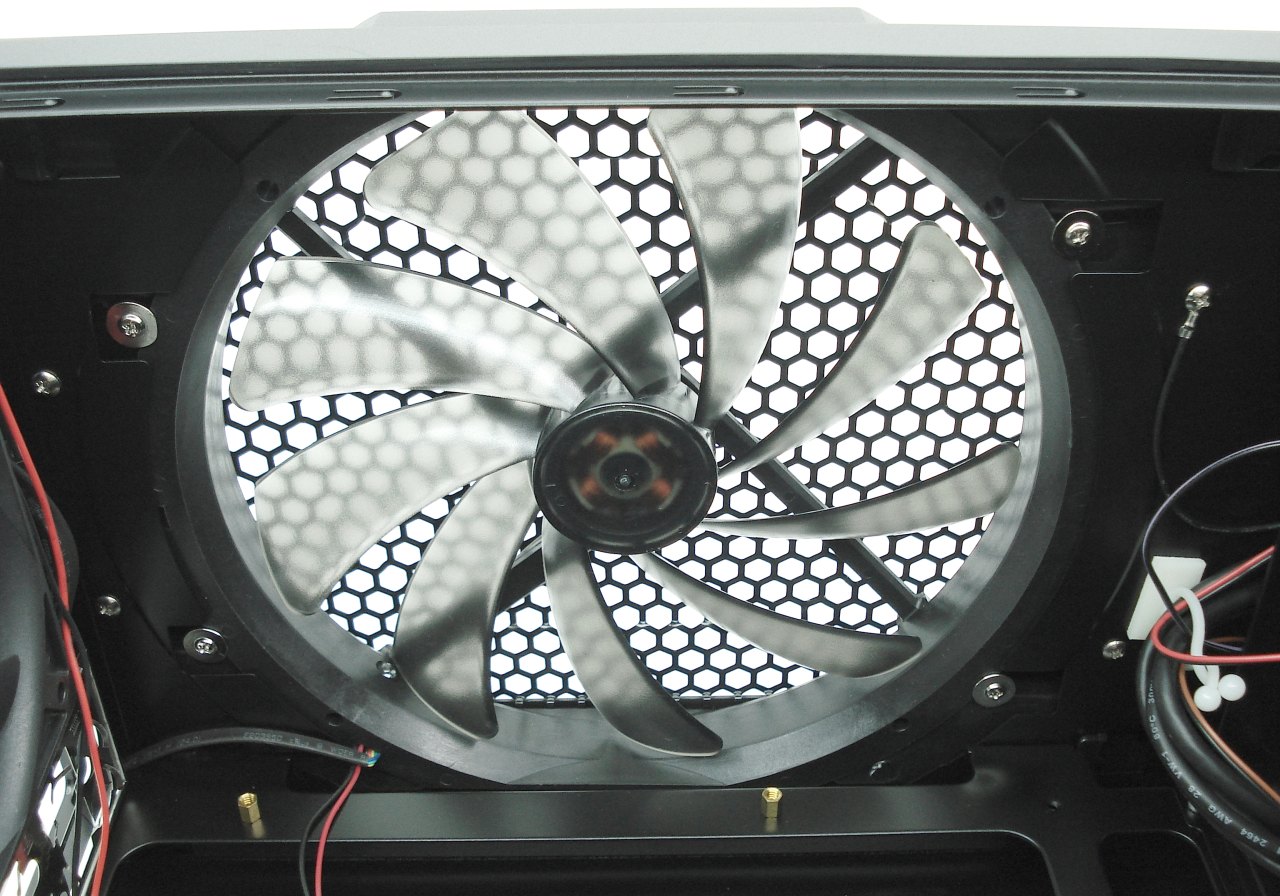
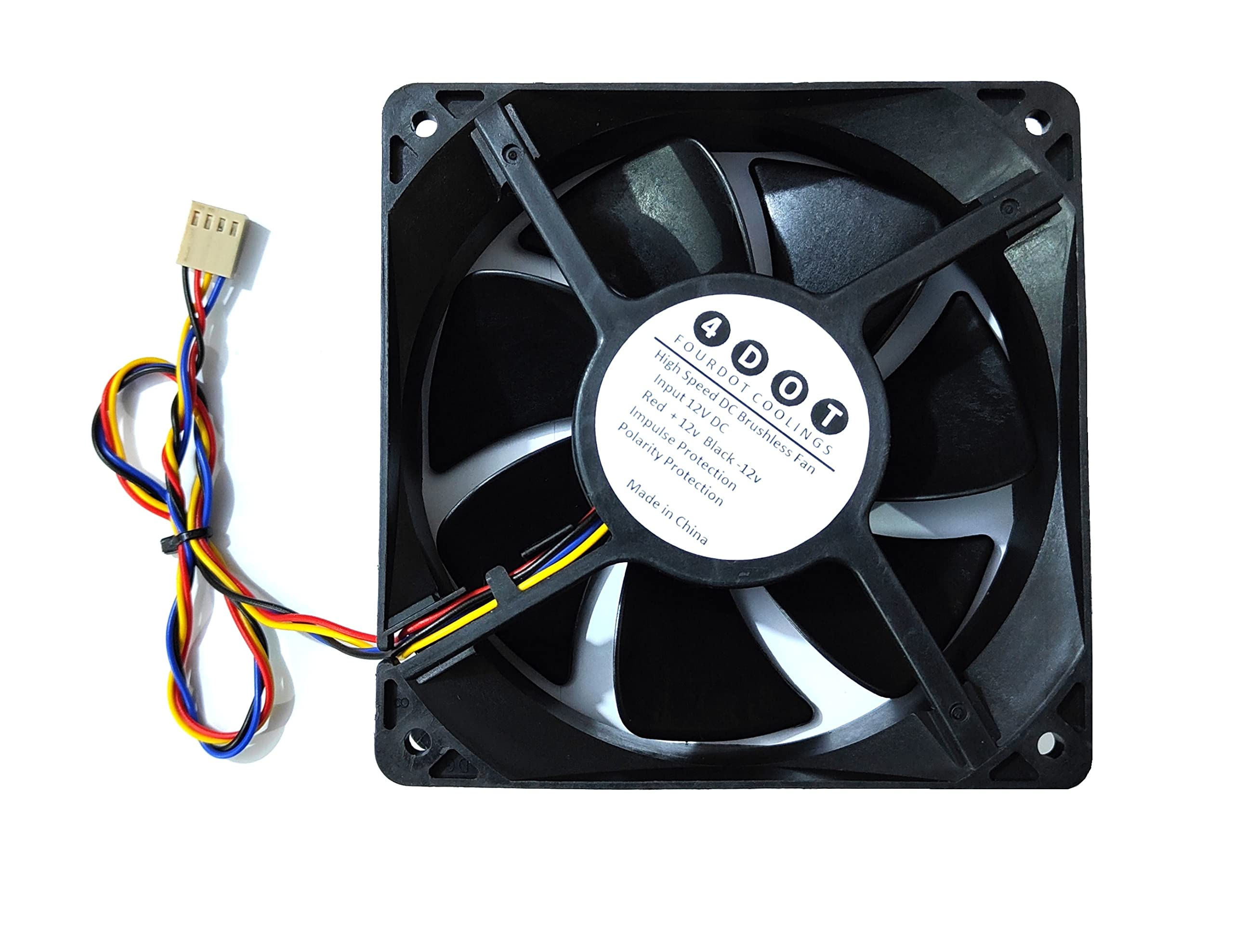
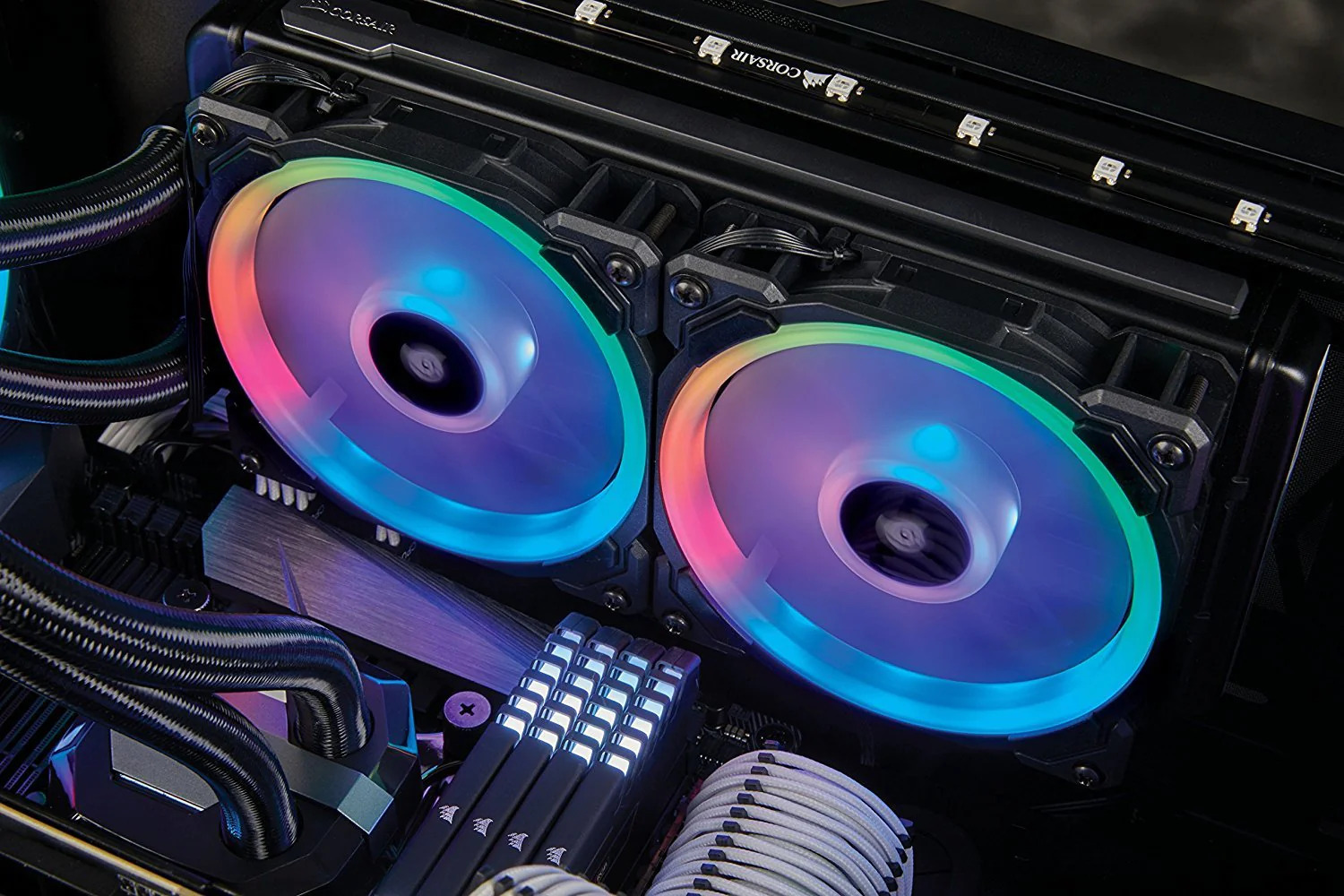

0 thoughts on “How To View 8mm Film Without A Projector”